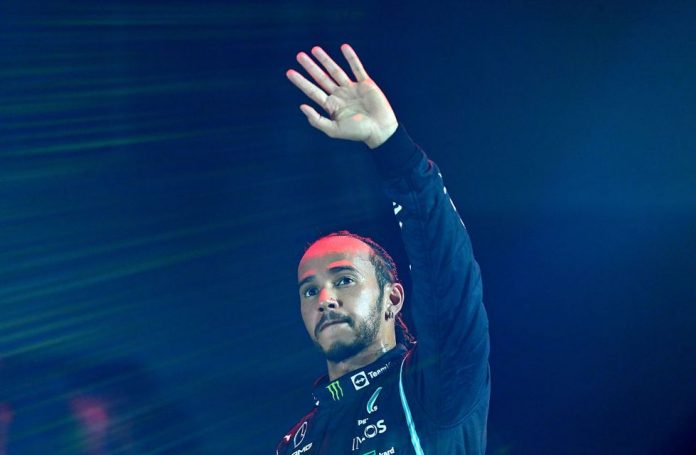winning doesn’t mean anything unless you do something with it.” Lewis Hamilton told me that in Mexico City in November. The Briton was competing in the Grand Prix there, one of the last legs of the Formula One World Championship circuit,
and he was neck and neck in the rankings with Dutch rival Max Verstappen of team Red Bull while in pursuit of an historic eighth world title. Hamilton did not appear like a man under pressure. In fact, the opposite.
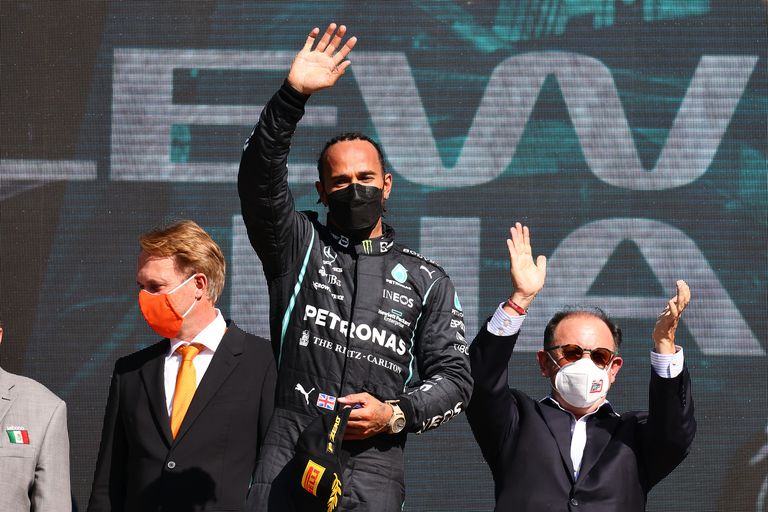
He was reflecting on his legacy, and relished the idea of spending more time on his philanthropy. Back then, his comments did not strike me as out of the ordinary; in recent years Hamilton has doubled down on his work as an activist. Now, in light of the rumors about his retirement, our conversation takes on a whole new meaning. “When I was younger, all I could think about was training and winning and being the best I could be,” he told T&C. “Now, I have a different feel.” Hamilton, 36, is one of motorsport’s all-time greats—he is tied with the retired Michael Schumacher for the most World Drivers’ Championship titles—but he was coming into Mexico City an underdog, lagging in points behind the 24-year-old Verstappen.
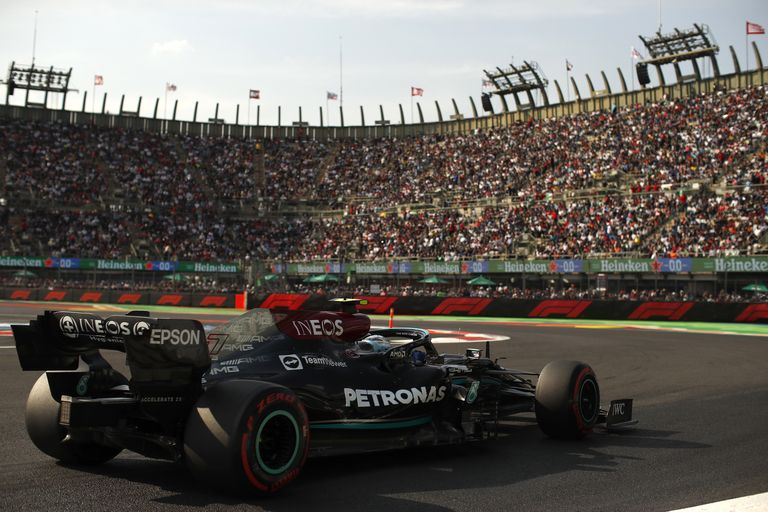
He was a crowd favorite, though. He had won at Autódromo Hermanos Rodríguez twice before, and this year’s event was the first since its suspension in 2020 because of the coronavirus pandemic. The energy was high throughout the city, not least at The Ritz-Carlton, a project five years in the making that opened just in time for the proceedings. (It is the first Ritz in the city.) The hospitality company has partnered with Hamilton’s team, Mercedes-AMG Petronas, for the last several years to build out its at-track VIP hospitality spaces, and many of the team’s fans were lodged at the new property on Paseo de la Reforma, with its panoramic views of Chapultepec park. They were ready for a showdown. The hotel’s restaurants were brimming with Hamilton jerseys.

“We go to a lot of different countries, but the people here make it an exciting competition,” Hamilton said. “Families turn up. Everyone paints their faces. The best thing about this race is the fans.” Formula 1 has a nearly 60-year history in the Mexican capital—the inaugural World Championship of Drivers was in 1950— after fits and starts, it finally returned in 2015 to the 2.674-mile Autódromo, considered by some the Le Mans of North America. The racetrack is named after the late leading lights of Mexican auto racing, Ricardo and Pedro Rodríguez, and has been mecca for Formula One fans here since 1962, when it hosted its first non-championship contest (Ricardo was killed doing practice laps). The sprawling site has undergone various transformations over the years—Madonna and the Rolling Stones have performed at its baseball stadium—but on a Grand Prix weekend it is practically a pilgrimage site.
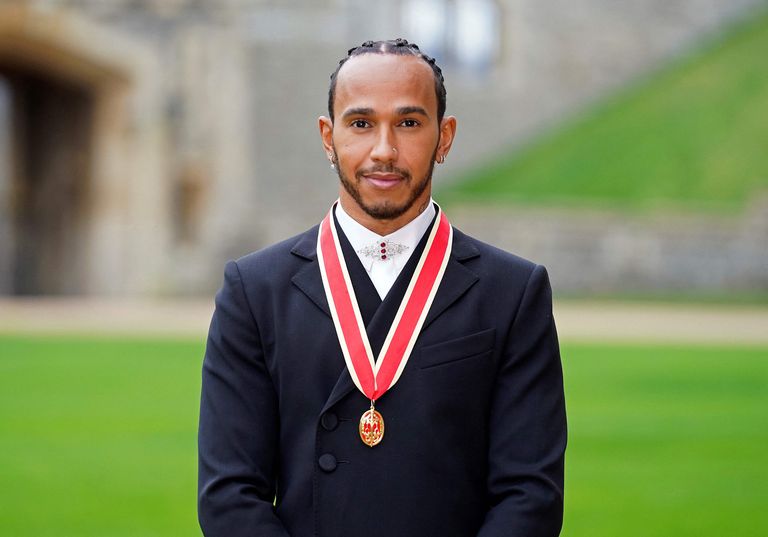
“We’ve had a period of time that has been horrendous for everyone,” Hamilton said. “Mexico has been through a hell of a time and now people are allowed to come in and be together.” Some 150,000 did, pouring into the venue with pent-up anticipation for a tournament in their own backyard after a two-year hiatus. Some stood around the sharp turns capping the otherwise oval-shaped course, others sat in front of the starting grid, but the most coveted vantage point was above the pit lane. That’s where teams and sponsors host their lounges, and because Mercedes is one of the top three constructors in the world, the Silver Arrows Lounge is among the most sought after tickets at the Paddock Club. In the Before Times, drivers were known to take victory laps around the lounge to mingle with fans, which always allowed for the possibility of a selfie with drivers, or at the very least, a glimpse of the sport’s stars. Covid brought an end to that sort of hobnobbing, at least for the time being. For the faithful, though, the Silver Arrows Lounge remains the Grand Prix’s front row.
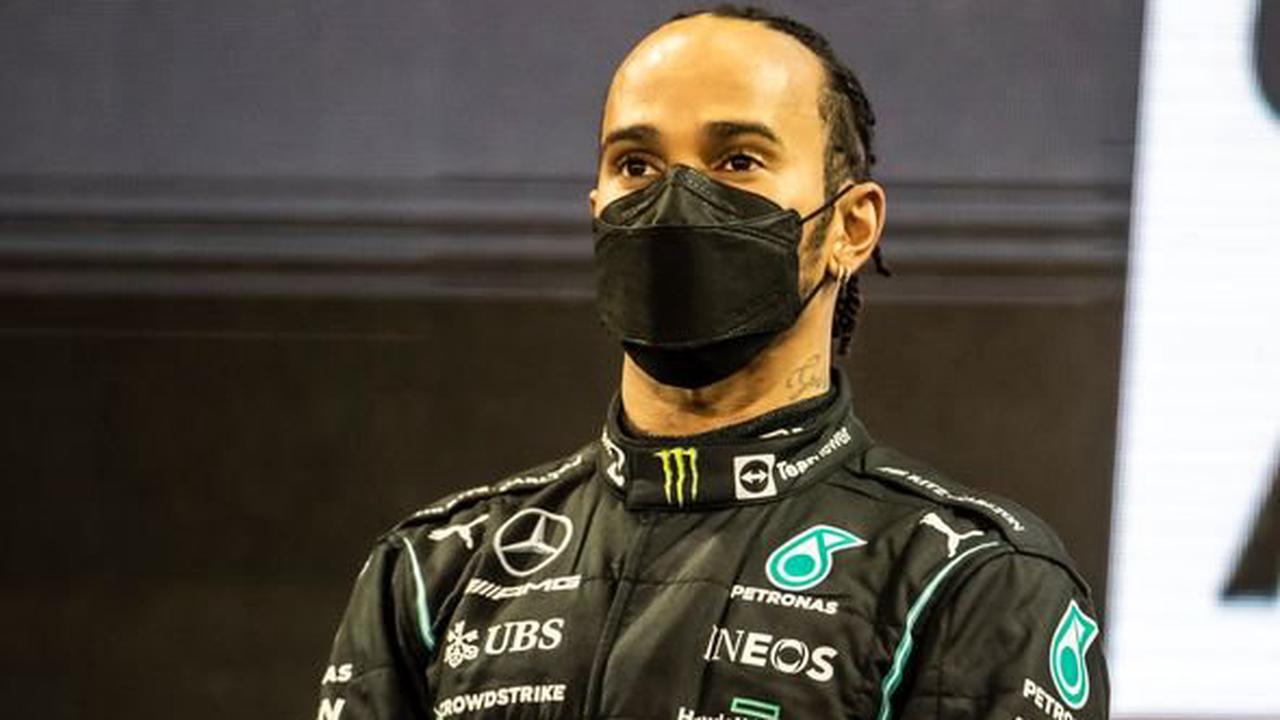
One mega-fan, use 2 million Marriott Bonvoy points to enjoy a weekend of curated experiences, including a jaunt onto the racetrack to see the pit lane up close. “It’s the best place you can go to really watch the race,” Hamilton said. “You get to see that start line!” The opening of the new Ritz to coincide with the race perhaps cast an auspicious spell on team Mercedes, which beat the favored Red Bull during Saturday’s qualifying race to claim the top two pole positions for Sunday’s final, including Hamilton in the second position. “It’s a real surprise and a shock to us to see we’re on the front row,” Hamilton told the Associated Press.
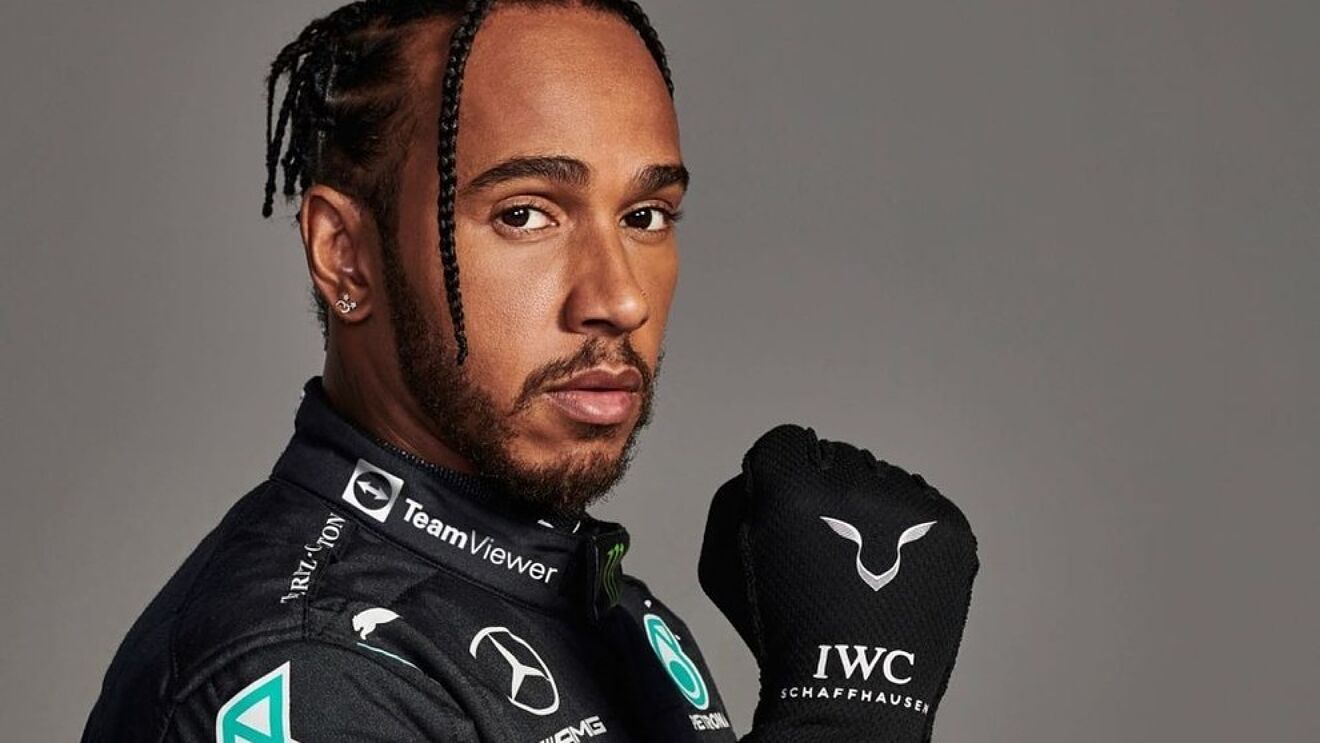
The outcome augured well for a race that Hamilton needed to win to even out the score against Verstappen at a time when there were only a four other meet-ups remaining—Brazil, Qatar, Abu Dhabi, and Saudi Arabia. Hamilton, when we spoke, appeared at ease. I asked him how, after so many victories, he kept his eyes on the prize. How, I wondered, did he stay ambitious? “That’s the million dollar question, really,” he said. “Yes, I want to win but I’m in a place where I really want to see everyone succeed.” He was talking about his teammates, the mechanical crew that keeps Mercedes firing on all cylinders, but also on the young racing fans of color who until Hamilton came along did not see themselves represented in this vastly popular, international sport. In the past, Hamilton has been critical of Formula One’s lagging efforts to diversify its ranks, not just among its driving talent but also behind the scenes. To that end, he worked with The Royal Academy of Engineering to establish The Hamilton Commission, study why Black Britons lack access to science, technology, engineering, and mathematics programs, and to encourage the sport to recruit more talent from underrepresented backgrounds. In July, he pledged £20 million to follow through on the commission’s recommendations via a new philanthropic organization, Mission 44.Hamilton first signed with Mercedes in 2013.

When he re-signed a new contract with them this summer, he also asked them to collaborate with Mission 44 on a joint charitable organization called Ignite rooted in “our shared vision for developing our industry and our team to reflect wider society.” “I was like, ‘I don’t want to be a driver that you hire and it’s kind of a service relationship,’” he told me, referring to his new contract with Mercedes—AMG Petronas. “’I don’t want to just make you guys successful in the race. How can we be impactful and help people?’ Now, with the commission’s findings, we can see some of the reasons racing lacks diversity and we’re working together as a sport to create a better pipeline. And as a team, we’re leading the effort.” Hamilton would eventually lose the Mexico City Grand Prix to Verstappen, who pulled ahead in the rankings by 19 points. Then, Hamilton surged again, beating his rival in São Paulo, Losail, and Jeddah. By the time they got to Abu Dhabi, they were more or less in the same position as they were back in Mexico, an even heat that gave Verstappen a small advantage. The Dutch wunderkind would win that last race, and the world title, to much dismay and outcry from Hamilton and Co. In the last lap, Hamilton said over the radio, “This has been manipulated, man.”
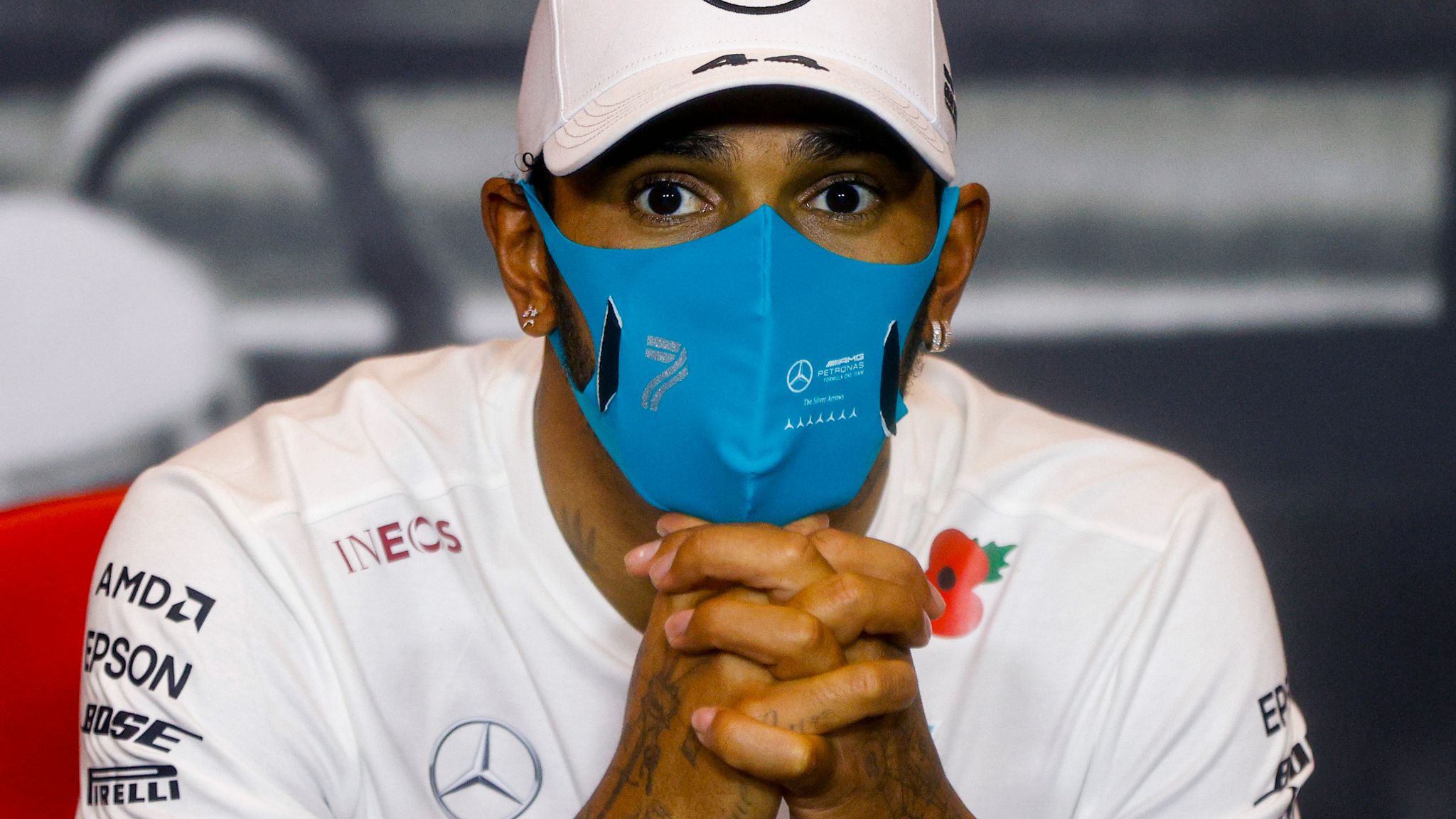
Despite the “heartbreak” in the desert, as the media described the episode, Hamilton has been anything but quiet since. Just last week, he joined an elite group when he became just the fourth Formula One driver to be knighted in an investiture ceremony at Windsor Castle led by Prince Charles. He has been dogged by breathless reporting from the British tabloids that he might retire, but it’s worth noting that his contract with Mercedes takes him through the end of 2023. In any case, from our conversation and his public statements since, Hamilton does not seem like someone who’s in any rush to give up his platform, or step away from public life for that matter. Far from it. Philanthropy, it seems, is a passion that can ride shotgun alongside his focus on winning that elusive eighth world title. “I’ve been winning these championships all these years and it’s great winning, but what does it really mean?” he said. “It’s really about taking action, and that’s the inspiration I have now.”

